Norway is a country located in Northern Europe, known for its extensive coastline, mountainous terrain, and strong economy driven by natural resources and innovation.
Geography
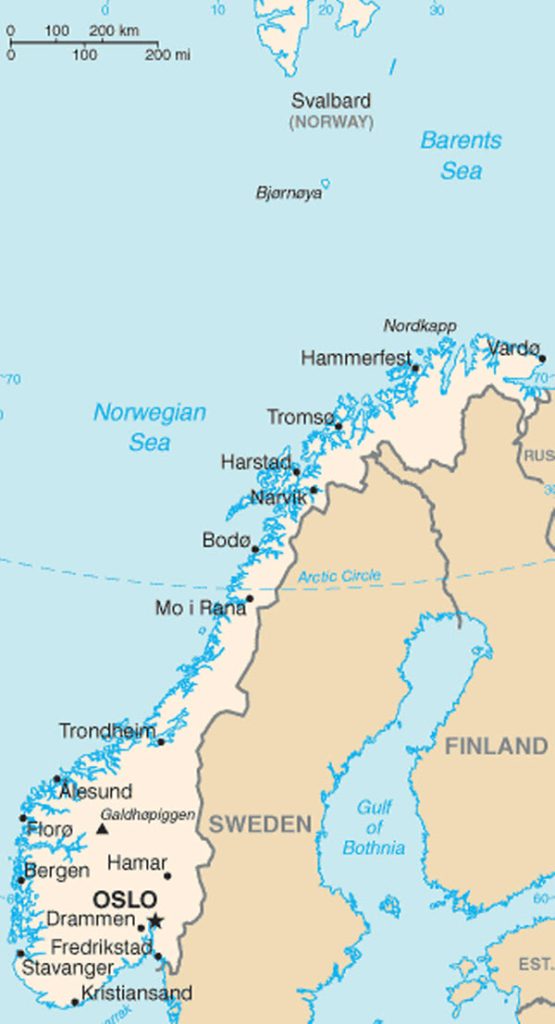
Location: Northern Europe, part of the Scandinavian Peninsula
Coordinates: Approximately 60.4720° N, 8.4689° E
Area: About 385,207 square kilometers.
Borders:
- North: Arctic Ocean
- South: Skagerrak Strait (Denmark)
- East: Sweden, Finland, and Russia
- West: North Atlantic Ocean
Climate:
The climate varies from temperate along the coast, influenced by the Gulf Stream, to cold in the interior and the Arctic region in the far north.
Topography:
Norway’s landscape is dominated by mountains, fjords, and glaciers. The terrain includes the Scandinavian Mountains, with steep cliffs and deep fjords.
Elevation:
The highest peak is Galdhøpiggen at an elevation of 2,469 meters.
Natural Resources:
Includes petroleum, natural gas, hydropower, fish, forests, and minerals.
Land Use:
3% agriculture, 38% forests, and 59% built-up areas and other uses.
Population Distribution:
The population is concentrated in southern regions, especially around the capital Oslo, with much lower densities in the northern and mountainous areas.
Population and Society
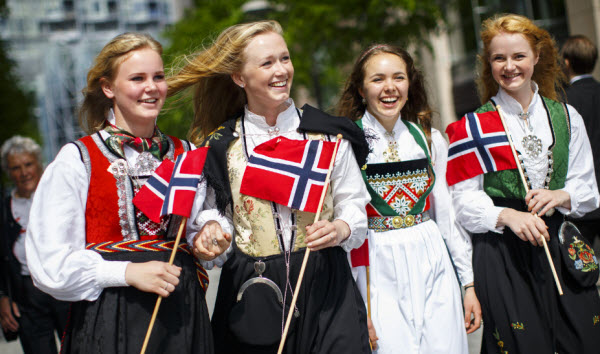
Population: Approximately 5.5 million (2024 estimate).
Ethnic Groups:
Primarily Norwegian, with Sami indigenous people and smaller immigrant groups from Eastern Europe, Asia, and Africa.
Languages:
Norwegian is the official language. Sami is also recognized in certain regions, and English is widely spoken.
Religions:
Lutheran Christianity is the dominant religion, with smaller groups including Muslims, Catholics, and secular or non-religious individuals.
Age Structure:
Norway has an aging population, with a median age of about 40 years.
Population Growth Rate:
Approximately 0.5% annually.
Country
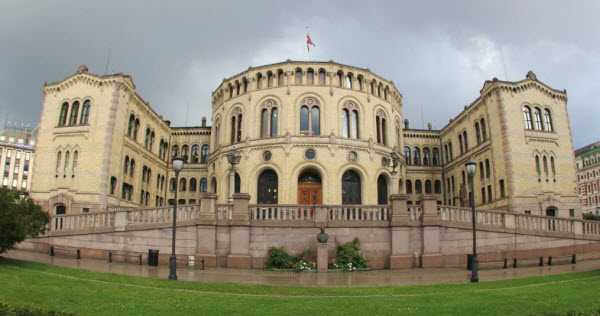
Country Name: Kingdom of Norway
Common Name: Norway
Reason for Name: Derived from Old Norse meaning “the northern way.”
Type of Government: Constitutional Monarchy with a parliamentary system.
Capital: Oslo
Reason for Naming Capital: Named after the original Norse name “Ánslo,” which means “meadow beneath the ridge.”
Local Time: Central European Time (CET) UTC+1.
Daylight Saving Time: Observed from March to October.
Administrative Divisions: 11 counties (formerly 19 until 2020 reforms).
Territories: Svalbard, Jan Mayen, and Bouvet Island.
Independence: Became independent from Sweden on June 7, 1905.
Citizenship Acquisition: Through birth in Norway, legal residency, or naturalization.
Legal System: Civil law system based on European models and influenced by Scandinavian traditions.
Executive Branch: The monarch is the head of state, and the Prime Minister is the head of government.
Legislative Branch: The Storting, Norway’s Parliament, is unicameral.
Judicial Branch: The Supreme Court and lower courts.
Political Parties: Labour Party, Conservative Party, Progress Party, and others.
Flag Description: The Norwegian flag consists of a red field with a blue cross outlined in white, symbolizing its Scandinavian heritage.
Country Code: NOR
Economy
GDP: Approximately $540 billion USD.
Agricultural and Animal Products: Fish, grains, livestock, dairy.
Industries: Petroleum, natural gas, maritime, aquaculture, renewable energy, and telecommunications.
Budget: Balanced, with a strong welfare state and large sovereign wealth fund.
Exports: Crude oil, natural gas, fish, machinery, and aluminum.
Imports: Machinery, vehicles, consumer goods, and chemicals.
Foreign Reserves: Approximately $120 billion USD.
External Debt: About $170 billion USD.
Local Currency: Norwegian Krone (NOK).
Communications
Landlines: About 1.5 million lines.
Mobile Lines: About 6 million lines.
Country Code: +47
Broadcast Media: Publicly funded national broadcasters, with a range of private channels and digital platforms.
Internet Code: .no
Internet Users: Approximately 5 million people.
Transportation
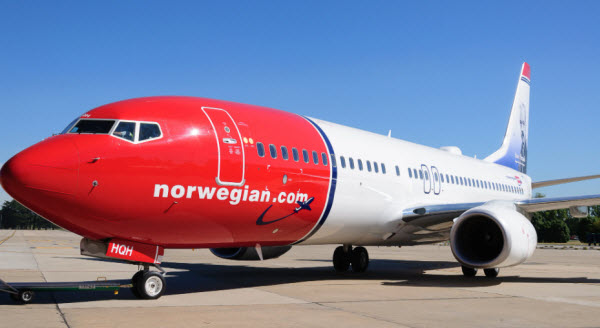
National Air Transport System: Well-developed air transport system with a focus on domestic and international flights.
Airports: Over 50 airports, including major international hubs in Oslo, Bergen, and Stavanger.
Helipads: Numerous, especially in offshore oil platforms and in urban areas.
Pipelines: Extensive networks for oil and gas transport from offshore fields.
Railroads: Approximately 4,000 kilometers of railroads, including high-speed and commuter trains.
Road Network: Around 94,000 kilometers of roads, including many scenic routes through fjords and mountains.
Ports: Major ports include Oslo, Bergen, and Stavanger.
Military
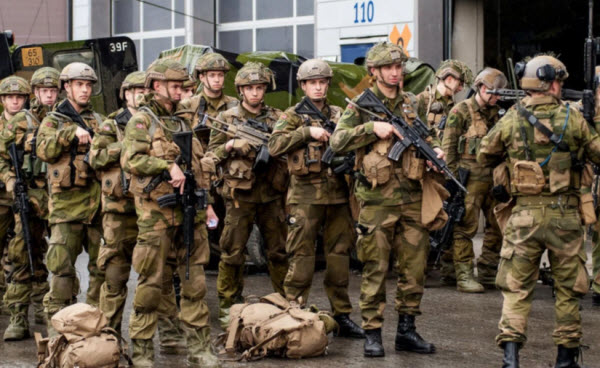
Military Composition: Includes the Norwegian Army, Navy, Air Force, and Home Guard.
Military Spending: Approximately $8 billion USD annually.
Military and Security Personnel: About 23,000 active duty members.
Military Equipment: Includes advanced fighter jets, naval vessels, submarines, and anti-aircraft systems.
Military Service Age: Compulsory service for both men and women from age 19.
